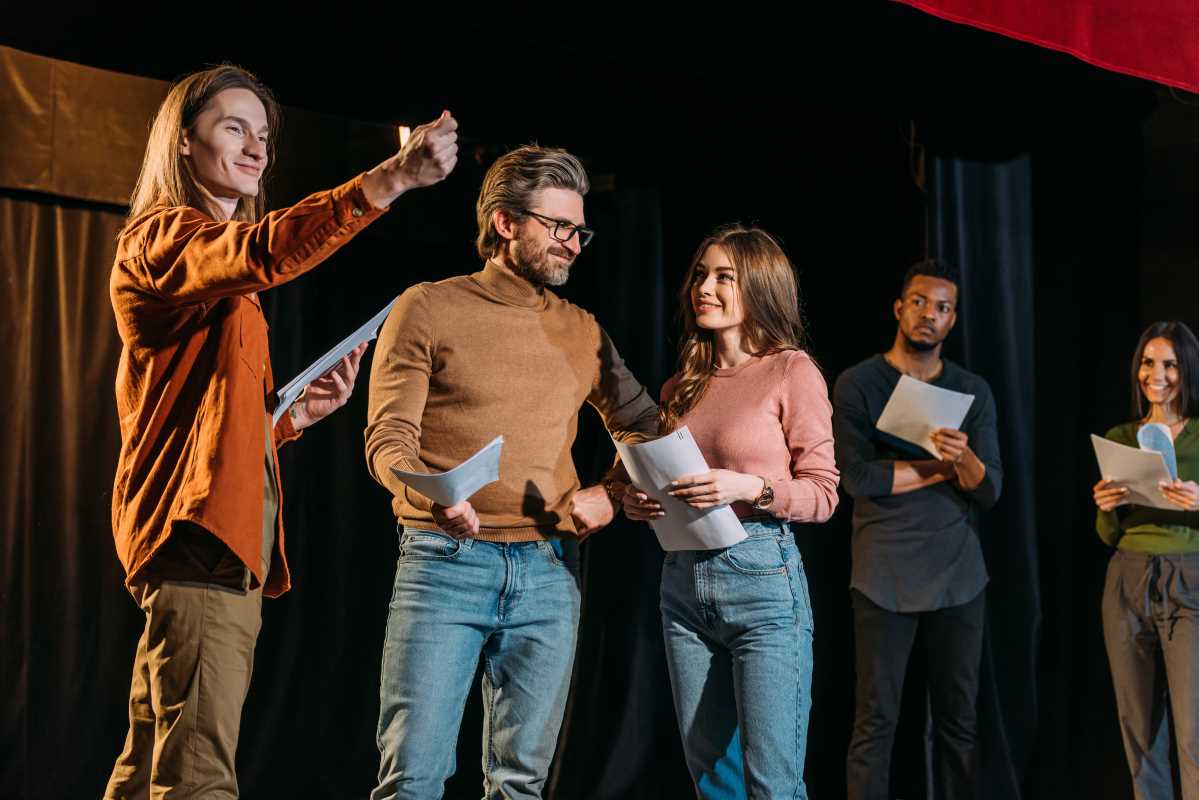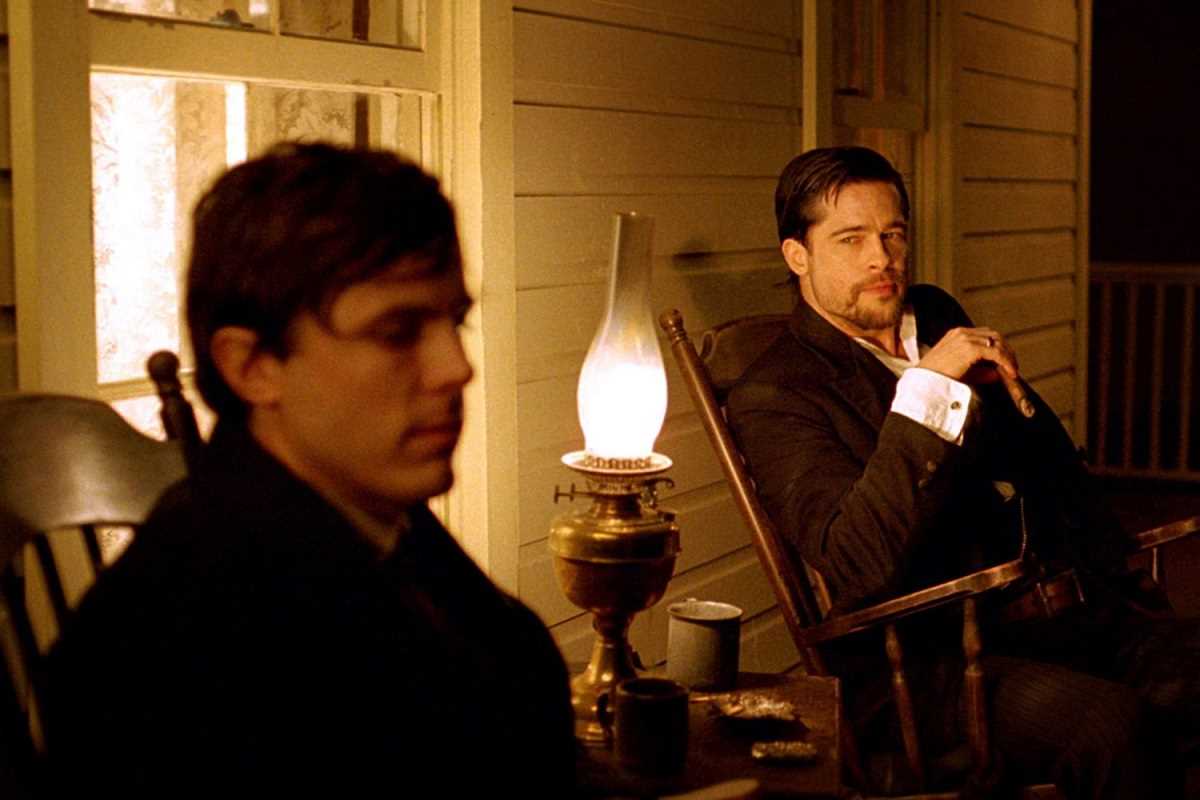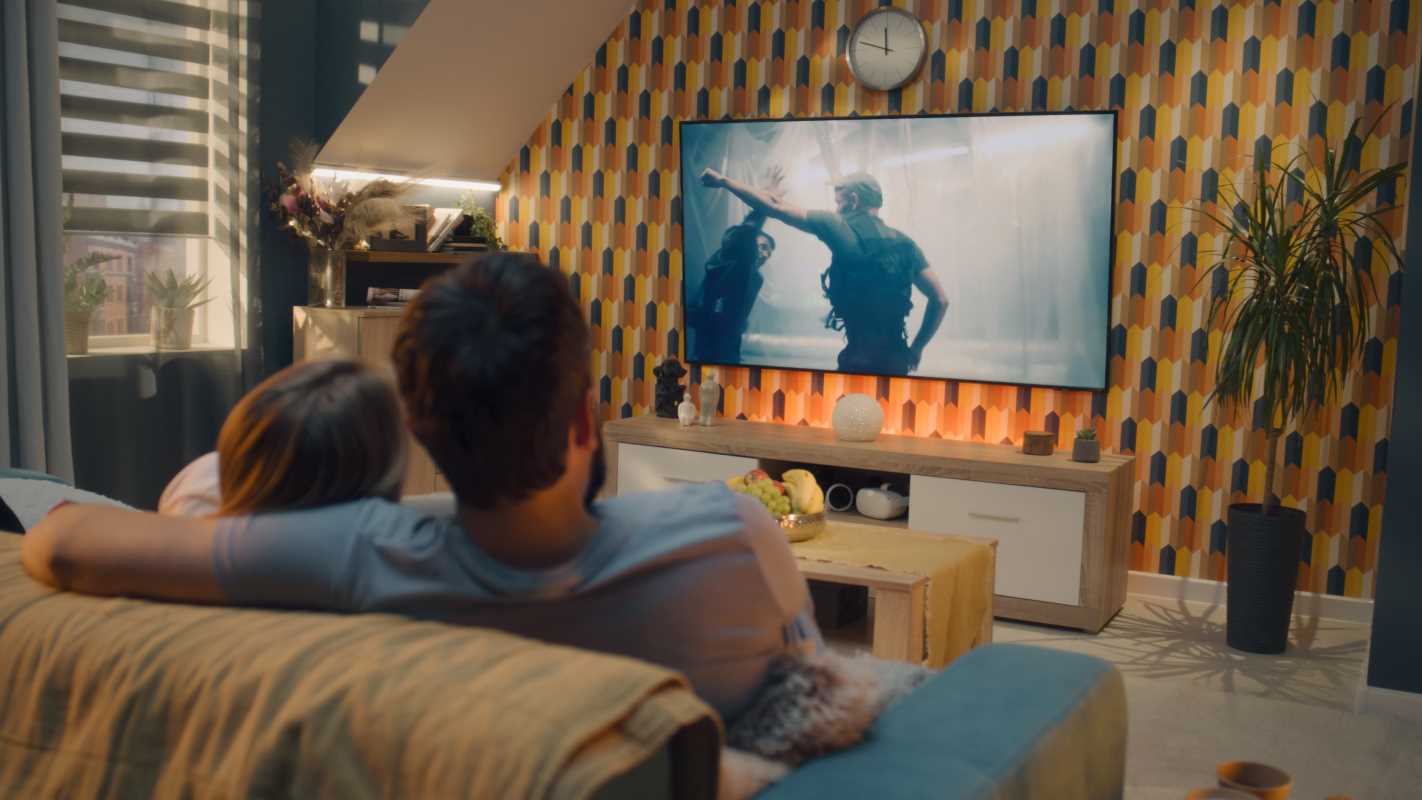Theatrical plays from bygone eras often hold a mirror to the societies in which they were created, offering timeless insights into human nature, morality, and social structures. However, many classic plays have been lost to history, their scripts eroded by time or forgotten amidst the evolution of storytelling. Reviving these works for a modern audience involves a blend of meticulous research, artistic creativity, and cultural sensitivity. This process breathes new life into forgotten stories, making them relevant for contemporary viewers while preserving their historical essence.
Unearthing Lost Works
The journey to recreate lost classic plays begins with discovery. Historians, researchers, and theater enthusiasts comb through archives, libraries, and private collections to uncover fragments, notes, or reviews of these works.
Sources of Lost Plays
- Historical Records: Diaries, letters, and court records may reference performances or plot summaries.
- Critiques and Reviews: Newspaper reviews or journal entries from the era can provide valuable insights into the themes and reception of a play.
- Oral Traditions: Folklore and family histories often preserve the essence of lost works, particularly in cultures with strong storytelling traditions.
Modern technology aids in this process. Digital archives and artificial intelligence can analyze fragmented scripts or reconstruct missing portions based on linguistic patterns and historical context.
Reinterpreting the Narrative
Once the fragments of a play are gathered, the next challenge is reconstructing its narrative. This step requires a delicate balance between staying true to the original and adapting it for modern sensibilities.
Steps in Reinterpretation
- Analyzing Themes: Understanding the play's central themes ensures its core message remains intact.
- Modern Context: Adjusting archaic language or outdated references makes the play accessible to contemporary audiences.
- Filling the Gaps: When parts of the script are missing, writers and dramaturges must creatively bridge these gaps while maintaining authenticity.
For example, a play addressing feudal conflicts might be reimagined to resonate with modern debates about power dynamics or class structures, offering timeless relevance without altering its core essence.
Updating Production Design
The staging and design of a recreated classic play play a crucial role in bridging the gap between its historical origins and the expectations of a modern audience.
Blending Historical and Modern Aesthetics
- Set Design: Combining period-accurate elements with contemporary minimalism can highlight universal themes while maintaining authenticity.
- Costumes: Modern fabrics and tailoring can evoke the essence of historical attire without overwhelming the audience with visual nostalgia.
- Lighting and Sound: Advanced technology allows for dynamic lighting and soundscapes that enhance a scene's emotional depth.
For instance, a Greek tragedy might use projections of ancient art alongside immersive soundscapes to transport the audience to the original setting while engaging them with modern techniques.
Engaging with Modern Social Issues
Many classic plays contain themes or depictions that clash with modern values. Recreating these works involves careful consideration of how to handle such elements.
Approaches to Modernization
- Contextualization: Pre-show talks or program notes can provide historical context, helping audiences understand the original intentions behind problematic elements.
- Adaptation: Offensive or outdated references can be reinterpreted or replaced with more inclusive language and ideas.
- Dialogue: Encouraging post-show discussions allows audiences to explore how the play's themes resonate with contemporary issues.
By confronting these challenges head-on, producers can transform lost classics into vehicles for meaningful conversations about history, progress, and morality.
Infusing Modern Performance Styles
Incorporating modern performance techniques can make a recreated play more engaging for today’s audiences while maintaining its authenticity.
Techniques to Enhance Performance
- Multimedia Integration: Projections, video clips, and digital art can provide visual context or enhance storytelling.
- Interactive Elements: Breaking the fourth wall or involving the audience in key moments can create a more immersive experience.
- Diverse Casting: Casting actors from varied backgrounds adds fresh perspectives and makes the story relatable to a wider audience.
For example, a Shakespearean comedy might use improvisational elements and audience interaction to amplify its humor and relevance.
Collaborating Across Disciplines
Reviving lost plays often requires collaboration between historians, writers, and theater professionals.
Key Collaborators
- Historians and Academics: Provide insights into the cultural and historical context of the play.
- Playwrights and Dramaturges: Adapt the script to ensure coherence and contemporary relevance.
- Directors and Designers: Bring the reconstructed narrative to life on stage.
Such collaborations ensure the recreated play is both historically informed and creatively compelling.
Promoting Accessibility and Inclusivity
Making lost classics accessible to a broad audience is essential for their revival.
Strategies for Accessibility
- Affordable Tickets: Offering discounted tickets ensures that financial barriers do not exclude potential audiences.
- Translations and Subtitles: Providing subtitles or adapting plays into multiple languages broadens their reach.
- Streaming Options: Recording and offering performances online makes the plays accessible to global audiences.
Incorporating these elements ensures that recreated plays resonate with diverse audiences, fostering a deeper appreciation for their historical and cultural significance.
The Role of Education in Revival
Educational institutions play a vital role in reviving and preserving lost classic plays.
Educational Efforts
- Workshops: Hosting workshops on script analysis and performance techniques encourages students to engage with lost works.
- Collaborative Projects: Partnering with schools and universities for student-led productions fosters a new generation of theater enthusiasts.
- Archival Studies: Encouraging students to explore archival materials sparks interest in historical research and play reconstruction.
Educational initiatives create a lasting impact by inspiring future generations to continue the legacy of reviving classic theater.







